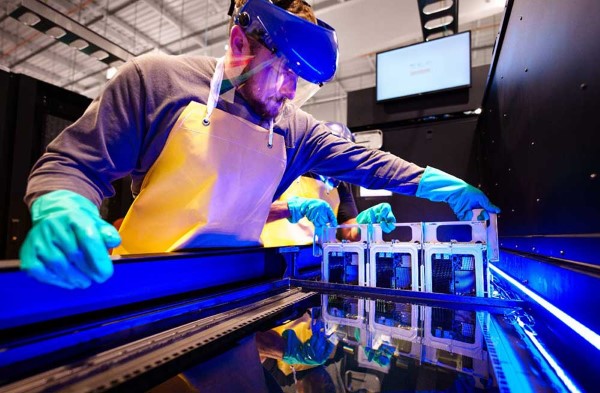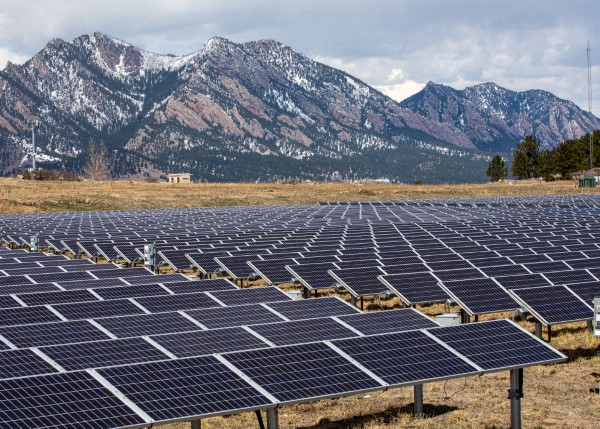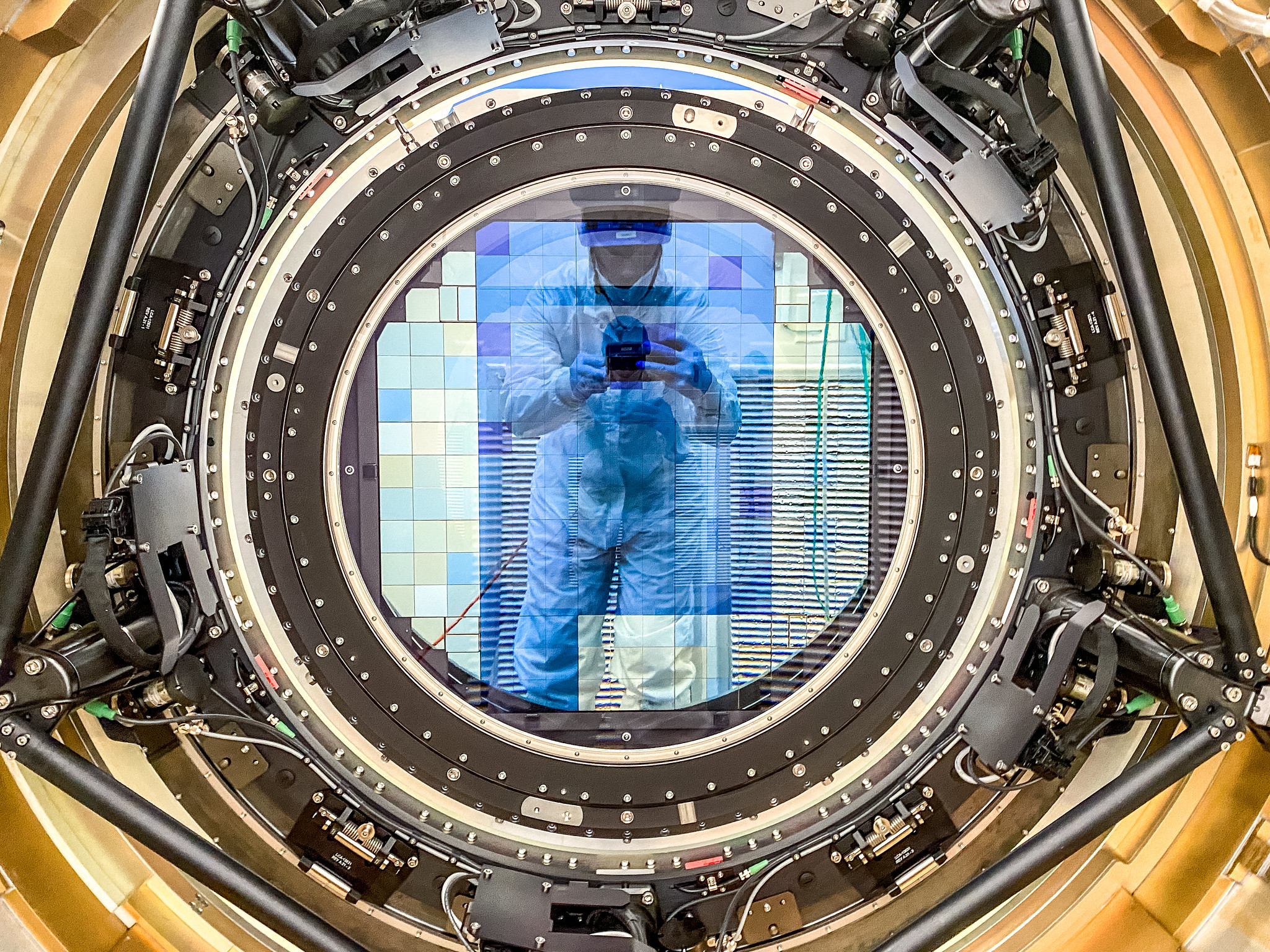Value: It’s a word that’s often debated in economics circles, most eloquently in economist Mariana Mazzucato’s seminal 2018 book “The Value of Everything: Making and Taking In the Global Economy,” where she quarrels with standard accounting’s notion of value that counts such things as government expenditures on police, teachers or R&D as final consumption rather than investment.
It all goes back to the first United Nations System of National Accounts (SNA) guide in 1953. It wasn’t until 2008, she explains, that company spending on R&D went from being labeled as a cost to being “reclassified as an investment in the company’s stock of knowledge, to be valued ‘on the basis of the total production costs including the costs of fixed assets used in production.’ It became a final productive activity rather than just an intermediate cost towards that activity.”
In the same way, she argues, government investment in innovation is glossed over as a cost rather than being recognized as an intrinsic player in a nation’s value. Pharmaceutical industry primary molecular research is a case in point, she says, noting that “the research leading to real pharmaceutical innovation, broadly defined as new molecular entities, has come mostly from publicly funded laboratories. The pharmaceutical industry has increasingly concentrated its R&D spending on the much less risky development phase and on ‘me too drugs’ — slight variations on existing products.”
“By not having a way to capture the production of value created by government and by focusing more on its ‘spending’ role, the national accounts contribute to the myth that government is only facilitating the creation of value rather than being a lead player,” Mazzucato wrote.
The network of federally backed laboratory and R&D facilities is vast and serves as the spine for an innovation ecosystem that includes the nation’s research and science parks, many of them on or adjacent to university campuses.
 Researchers roasted green chile on top of Sandia’s National Solar Thermal Test Facility with concentrated sunlight instead of propane to produce a flavorful chile with less carbon dioxide emissions.
Researchers roasted green chile on top of Sandia’s National Solar Thermal Test Facility with concentrated sunlight instead of propane to produce a flavorful chile with less carbon dioxide emissions.
Photo by Randy Montoya courtesy of Sandia National Laboratories
A survey of such leading organizations could encompass the entire universe of U.S. government primary research organizations such as the National Institutes of Health and National Science Foundation. For the purposes of this article, here is a survey of innovation coming from one important slice of that overall pie: Their official number is 17, a prime number suitably representing the unique value each of the U.S. Department of Energy’s National Laboratories brings. Their locations number 24, an apt numeral for their ’round-the-clock work pushing scientific frontiers across branches of science reaching far beyond energy alone.
California
It only makes sense to begin in California, the leading National Laboratory state with three: Sandia, Lawrence Berkeley and the lesser known SLAC National Accelerator Laboratory in Menlo Park, whose linear accelerator laboratory, at over 3,000 meters long, is one of the longest modern buildings on the planet. Operated for the DOE by Stanford University, the lab, which turned 50 in 2023, “explores how the universe works at the biggest, smallest and fastest scales and invents powerful tools used by scientists around the globe.” It’s grown from 200 employees at its founding in 1962 to 1,800 employees from over 55 countries today. Among its clients are 20 companies that uses its x-ray facilities “for research aimed at developing medicines and other products.” The facility’s research spans particle physics, astrophysics and cosmology, materials, chemistry, bio- and energy sciences and scientific computing.
Among the projects to emerge from SLAC is a $168 million camera. The 3,200-megapixel Legacy Survey of Space and Time (LSST) Camera arrived at the NSF-DOE Vera C. Rubin Observatory in Chile in May after its construction was completed in April to conclude two decades of work at SLAC. After being installed on the Simonyi Survey Telescope, the camera will take detailed images with a field of view seven times wider than the full moon of the southern hemisphere sky for 10 years, building the most comprehensive timelapse view of the universe ever seen.
“The arrival of the cutting-edge LSST Camera in Chile brings us a huge step closer to science that will address today’s most pivotal questions in astrophysics,” said Kathy Turner, DOE’s program manager for Rubin Observatory.
 David Smith, front, and Dave Martinez, behind, work on a computer server submerged in liquid as part of testing at the High Performance Computing center at Sandia Laboratories.
David Smith, front, and Dave Martinez, behind, work on a computer server submerged in liquid as part of testing at the High Performance Computing center at Sandia Laboratories.
Photo by Craig Fritz courtesy of Sandia National Laboratories
New Mexico
Sandia National Laboratories, with its primary site in Albuquerque, New Mexico, and its second principal lab in Livermore, California, is celebrating its 75th anniversary this year. It’s managed and operated by National Technology and Engineering Solutions of Sandia, LLC, a wholly owned subsidiary of Honeywell International, Inc., for the U.S. Department of Energy’s National Nuclear Security Administration. The lab’s operations include its rocket launch range in Kauai, Hawaii; the Tonopah Test Range for weapons systems in southern Nevada; a weapons evaluation test lab in Amarillo, Texas; and the award-winning, 340-acre Sandia Science & Technology Park in Albuquerque, home to 45 companies with 2,000 employees and celebrating its 25th anniversary.
Among its assets is the Livermore Valley Open Campus (LVOC) — an innovation hub along the boundaries of Lawrence Livermore National Laboratory and Sandia National Laboratories in the Bay Area. The LVOC features an expanding cluster of advanced scientific and engineering centers that includes centers focused on combustion and on biotech, where researchers from private industry and academia collaborate freely with lab personnel.
Ongoing work at Sandia’s High Performance Computing Center includes a project that Dave Martinez, engineering program project lead for Sandia’s Infrastructure Computing Services, says “could reshape the future designs of data centers,” by completely immersing computer components. The project immerses servers into a commercial nonconductive liquid system from Barcelona-based company Submer Technologies. “By submerging all parts of the computing servers in a liquid coolant that doesn’t conduct electricity, 100% of the generated heat can be captured, almost entirely eliminating the need for the power-hungry fans and chillers used in conventional cooling systems,” Sandia reports. Martinez says this system, using liquid with the viscosity of cooking oil, would cut energy consumption by 70%, a number sure to capture the attention of data center developers and stakeholders.
“Sandia’s forward-thinking approach arises from projections that the increasing water and electrical power demands for cooling in high-performance computing eventually will exceed the resources of small towns and become an unsupportable burden,” the lab says. “Unlike water-chill systems that require evaporation to lower operating temperatures, no water is lost; the coolant gives up its heat to the open air, given the right temperature differential.”
Other projects at Sandia include adding sulfur to large back-up lithium batteries, thus making them safer and less expensive backup options for high-renewables grid storage. Crucial to the project, says a Sandia release, is a partnership with local entrepreneurs facilitated by the DOE’s Boost program, a 16-week boot camp among FedTech, Sandia and a startup accelerator company, in this case a business being launched by New Mexico entrepreneur Charles Call to develop a solar-powered device for producing water from air that needed a battery capable of storing energy for long periods, allowing continuous water production when the sun wasn’t shining. “GridFlow, the startup company, is working on licensing Sandia’s provisional patent to aid them in the funding applications,” Sandia reports. “By this fall, Call aims to show the commercial viability of the technology and have a 100-watt or a kilowatt prototype ready for field or home testing.”
 Not far from where 5G systems testing is ongoing, the National Renewable Energy Laboratory’s Flatirons Campus includes this 1MW photovoltaic array near the foothills of the Rocky Mountains.
Not far from where 5G systems testing is ongoing, the National Renewable Energy Laboratory’s Flatirons Campus includes this 1MW photovoltaic array near the foothills of the Rocky Mountains.
Photo by Werner Slocum courtesy of NREL
Pennsylvania and West Virginia
With locations in Pittsburgh, Pennsylvania, and Morgantown, West Virginia, National Energy Technology Laboratory (NETL) “drives innovation and delivers solutions for an environmentally sustainable and prosperous energy future.” NETL recently hosted undergraduate students from colleges and universities in western Pennsylvania without large in-house research programs as part of an initiative to expand the talent pool of next-generation researchers with STEM skills. The students came from Washington & Jefferson College in Washington, Pennsylvania; Chatham University in Pittsburgh; and the Community College of Allegheny County.
The tour was organized with Pittsburgh-based STEMNetX, a nonprofit that aims to increase the participation of undergraduates in high-impact research experiences and empower them to become future leaders in STEM fields. Topics included multiphase computational fluid dynamics modeling, optimizing carbon storage and other subsurface activities through real time data analytics, advanced sensors for energy infrastructure, and low-cost, compact optical sensors for rare earth elements and other critical metals.
“From a workforce development perspective, it was important to bring these students on-site and encourage them to continue in their STEM-related studies so they are prepared to serve as the innovators who will make exciting discoveries for a sustainable energy future,” said NETL’s Scott Crawford, a research chemist. “When they are ready to enter the job market or apply for internships, these local students will remember there’s really a great national lab that focuses on clean energy, addressing climate change and developing innovative technologies right in their backyard.”
Colorado
Known for its picturesque setting by the Rocky Mountains, the National Renewable Energy Laboratory (NREL) in Colorado lately has been engaged in work testing how 5G networks can facilitate microgrid controls, improve microgrid operational efficiency and latency, and test a microgrid’s resilience against cyber threat scenarios.
“Whether it is coincidence or careful planning,” the NREL said in May, “the infrastructures of both power systems and telecommunications are heading in a similar direction: toward the edge. Solar panels on a roof are like 5G towers in a neighborhood — in both cases, distributed assets increasingly underpin these important systems.” Targeted for military use, the work also allowed NREL to demonstrate how “utilities might use 5G to the benefit of network security, recovery, and costs. And now with a realistic communications testing ground at NREL, partners can ensure utilities will function when most needed in contested environments.”
Tony Markel, an NREL senior researcher and project lead, said of the lab’s work, “We plan to use this project as a development platform for research capabilities that can be replicated in the Advanced Research on Integrated Energy Systems (ARIES) Cyber Range … Industry led these efforts by planning a modular and open 5G architecture, and we are researching new ways to use its features in the electricity grid,” Markel said. “Millions of energy devices will become interconnected, and our research is showing the path to distributed, resilient, secure, and energy-efficient operations building on the 5G foundation.”
New Jersey
The roots of the Princeton Plasma Physics Laboratory (PPPL) go back to 1951 “when magnetic fusion research at Princeton began under the code name ‘Project Matterhorn,’ ” the lab says. “Lyman Spitzer, Jr., professor of astronomy at Princeton University, conceived of a plasma being confined in a figure-eight-shaped tube by an externally generated magnetic field. He called this concept the ‘stellarator,’ and took this design before the Atomic Energy Commission in Washington. Shortly thereafter, this Laboratory was born.”
The lab’s work at Princeton University’s Forrestal Campus in Plainsboro, New Jersey, is connected to a range of applications related in some way to plasma, the ionized gas in fusion reactions. Among them is partnering with commercial fusion companies to work toward the goal of achieving commercial fusion energy by 2035 or 2040.
The lab broke ground in May on the new 68,000-sq.-ft., $109.7 million Princeton Plasma Innovation Center (PPIC), an office and lab building that provides space for research supporting PPPL’s expanded mission into microelectronics, quantum sensors and devices, and sustainability sciences. It’s the first new building on the campus since the Tokamak Fusion Test Reactor (TFTR) in 1977.
Tim Meyer, COO for PPPL, said the new building “is literally going to be a place where this Laboratory and its stakeholders will push the frontiers of discovery and innovation in partnership with collaborators from around the region and the world.”

